
Super-Tight Singlehanded Racing for Folkboats
James Vernon, who owns Folkboat #121, Faith, berthed in San Francisco’s Gashouse Cove, submitted this story.
Folkboats have been racing on the Bay since 1958. They began the iconic ‘woodies’ Wednesday Night Series, now run on St. Francis Yacht Club’s Cityfront racecourse, in 1961. While the pandemic made 2020 the first year that the class has not held a season championship in 62 years, Folkboaters have still organized a series of socially distant casual races on the Cityfront. Those races, which one of the fleet has dubbed the COVID Cup, attracted 10-15 boats. While the usually tight, competitive, one-design racing of the fleet usually requires a crew of three — one to drive and two to get wet — the racing this season has been singlehanded or doublehanded with members of your own household.
This weekend, they decided to revive one of the fleet’s cherished traditions, a singlehanded regatta the class has not held for a decade. Back in 1969 the singlehanded regatta was born. With it came a trophy in the shape of a beautiful Folkboat rudder that for years hung in the shop of Svendsen’s Boat Works in Alameda. Many legends of the fleet have their names painted on the trophy — more than one Waldear, Kaiser and Reed, as well as Sven Svendsen and Peter Jeal — and several of them turned up to try to do so again.
In times past the trophy was decided by a single race on the Alameda Estuary, but this time the fleet organized three short Cityfront races between the A buoy off StFYC and YRA 6 off Fort Mason, plus one longer race from Golden Gate YC to 16 (Blackaller Buoy) to 6. The conditions were perfect with 10-15 knots of wind and a weak ebb; the air was clear and the sun shone. It was shorts-and-T-shirt weather.
Ten boats started. The racing was tight, super-tight. At the finish of the last race, there were just two boatlengths between the three boats leading overall.
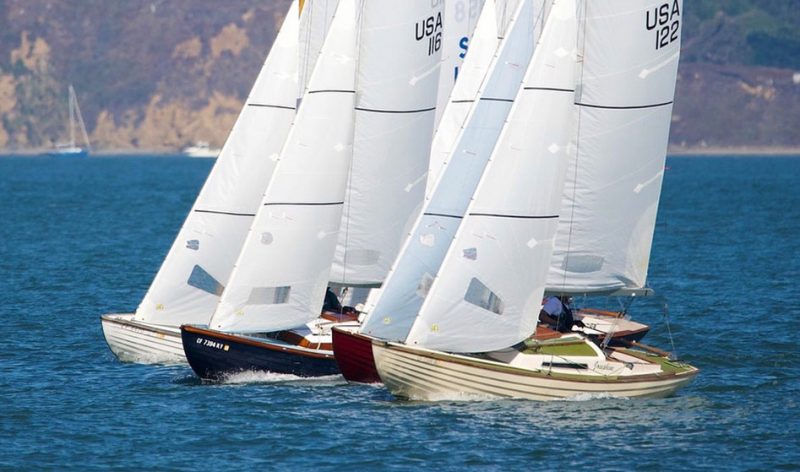
The big call of the day was whether to set the whisker pole. Those who did found it got their heart racing but made remarkably little difference to their boat speed.
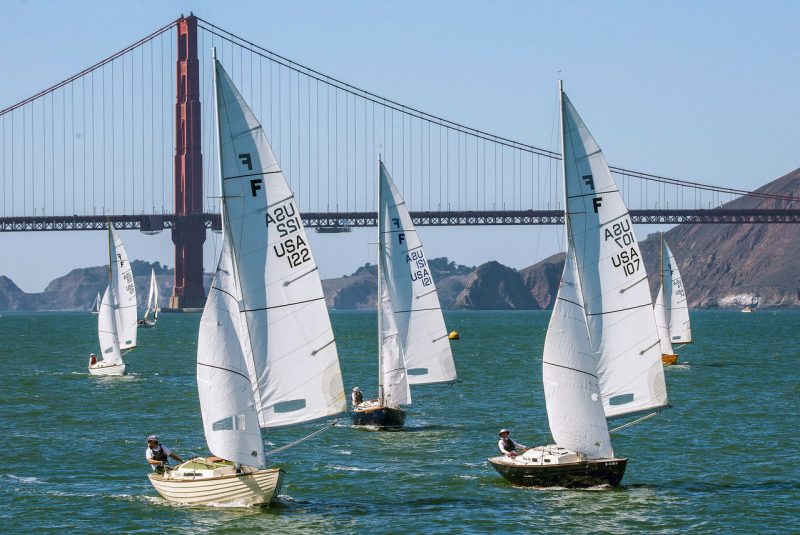
We allowed one throwout, thinking that not everyone would want to head up to 16, but all 10 boats, including fleet rookie Chandler Grenier, who came up from Alameda with #116, Sabrina, did all four races.
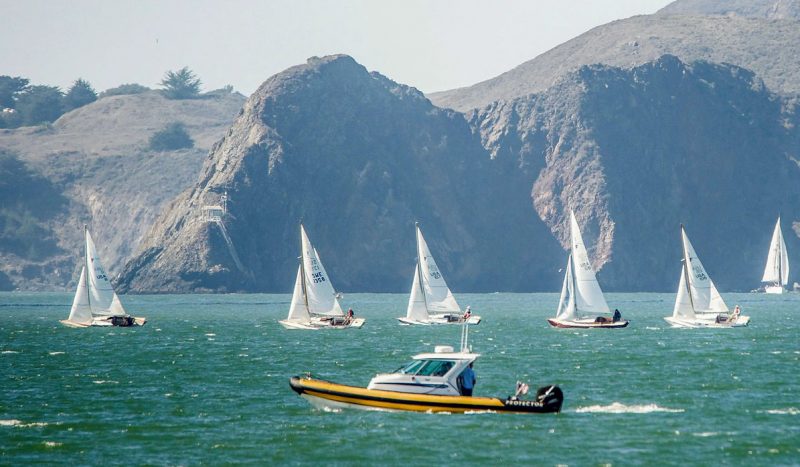
Just 3 points divided fifth, sixth and seventh place. In fourth place was James Vernon on #121, Faith, with 9 points, third place was Sean Svendsen in Richard Keldsen’s #107, Nordic Star, with 8 points. In second place was Eric Kaiser on #122, Josephine, defending his decade-old title with 4 points. Winning it on a tiebreaker was 2019 season champion Tom Reed on #111, Freja. Tom last won it (for the third time) in 1997.
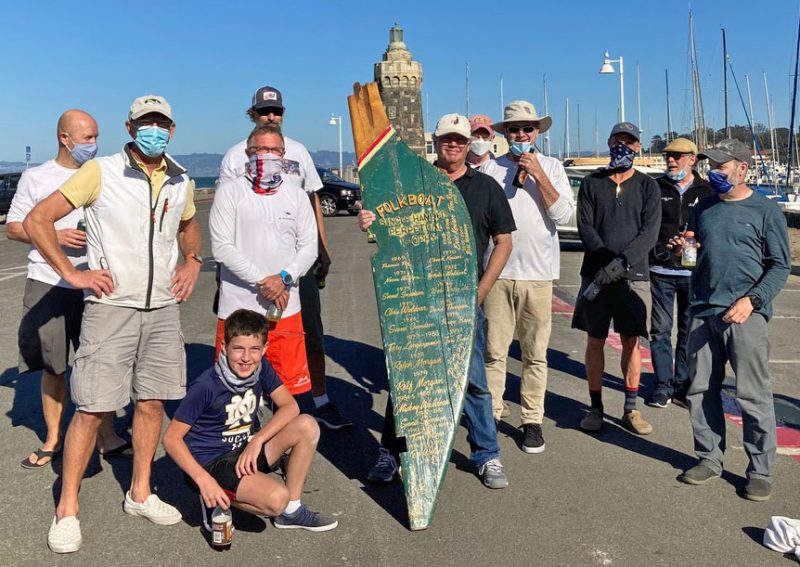
Curious about Folkboat ownership or local racing? Contact the fleet at www.sfbayfolkboats.org, or to join the SF Bay Folkboat Association group on Facebook.
From Delta Cruiser to Channel Islands Solo Sailor
Bay Area sailor Jackie Philpott has been making the most of the fall weather. After cruising in this year’s Delta Doo Dah aboard her Cal 2-27 Dura Mater, Jackie embarked upon a solo sail from Richmond Yacht Club to the Channel Islands. Her plan was to make a number of stops along the way, and so far this has proved to be a good decision.
Upon stopping in Santa Barbara, Jackie met Mike Pyzel, who wrote Latitude 38‘s August feature about sailing in the Channel Islands. (Mike also took the September magazine cover photo). Who better to learn from regarding the ins and outs of the islands than the sailor who covered the topic across half a dozen informative pages? A serendipitous moment, perhaps?
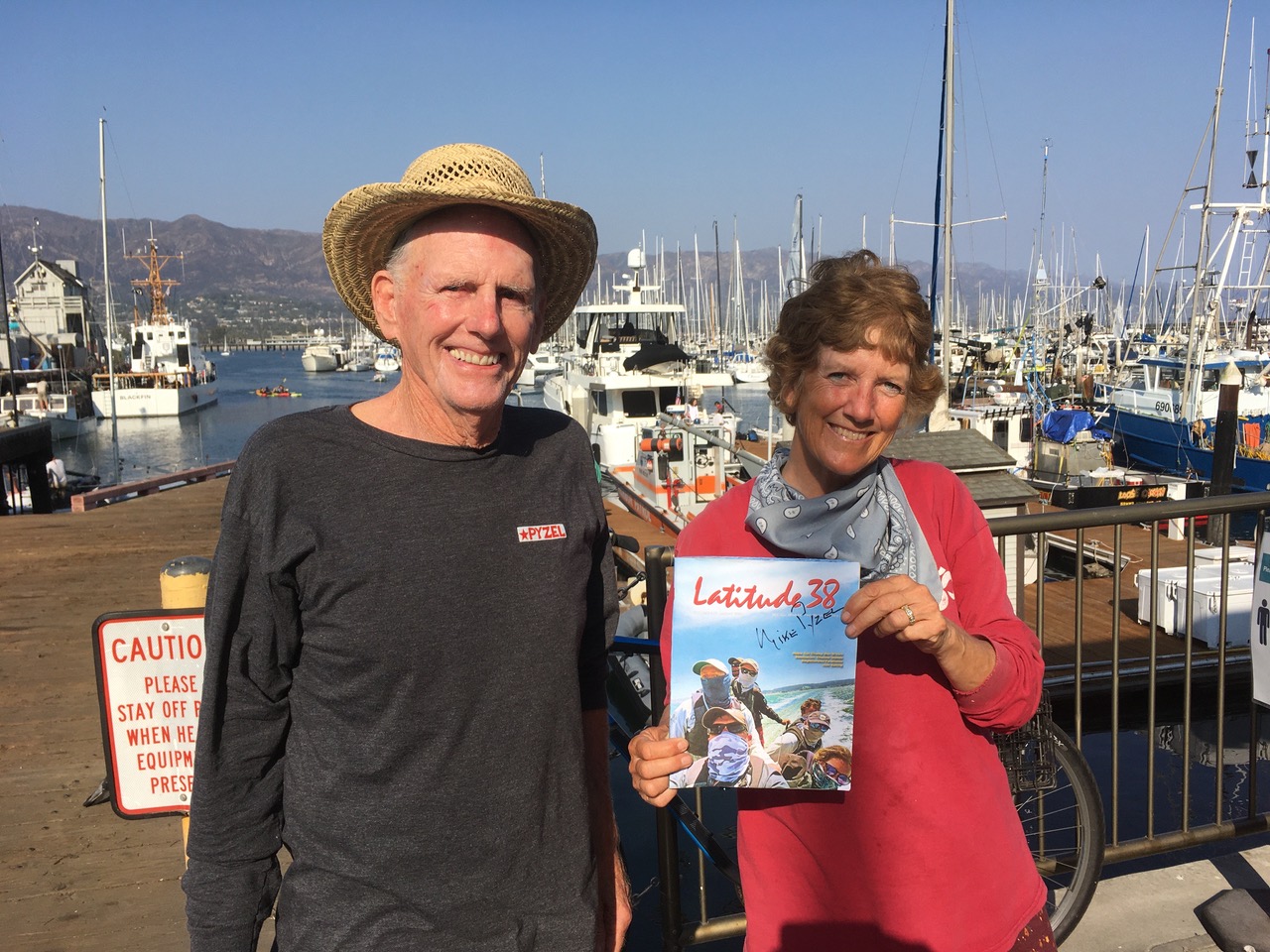
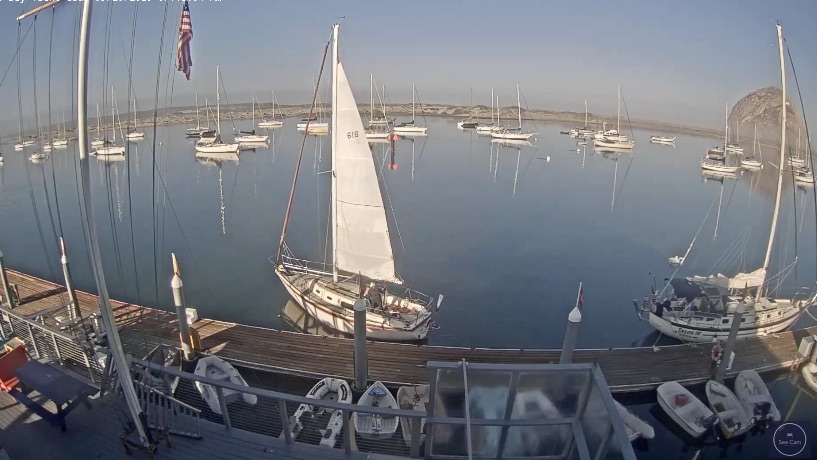
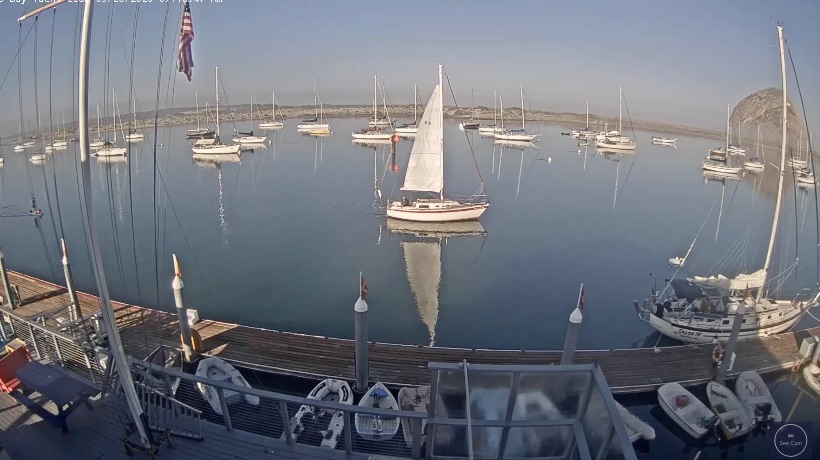
Keenan Fuel Filters
Keenan Filters offers a premium diesel fuel filtration & polishing management system with remote GSM Operation capabilities.
Much more than a fuel filter, Keenan Filter’s newest compact fuel management system offers everything needed to ensure clean fuel delivery to the motor, no matter the source. Every engine runs better with a system that cleans fuel, removes water and senses when it’s time for service. The KEENAN FILTERS® system is the most efficient and most reliable fuel maintenance system you can install.
Ask about the Mexico Cruising Special at: Keenan Filters.
Alameda County – Safely Dispose of Your Old Marine Flares this Weekend
Do you have expired or unwanted flares? As marine signal devices are explosives, and therefore difficult to dispose of, Alameda County is running a one-day flare collection event this coming Sunday, October 18, from 9 a.m. to 1 p.m.. The event is only for recreational boaters who live or berth their boat in Alameda County, and to participate, you must make an appointment.
To drop off your expired or unwanted flares select your drop-off time and add your details here — you will then receive a confirmation email with your time slot and the collection point address.
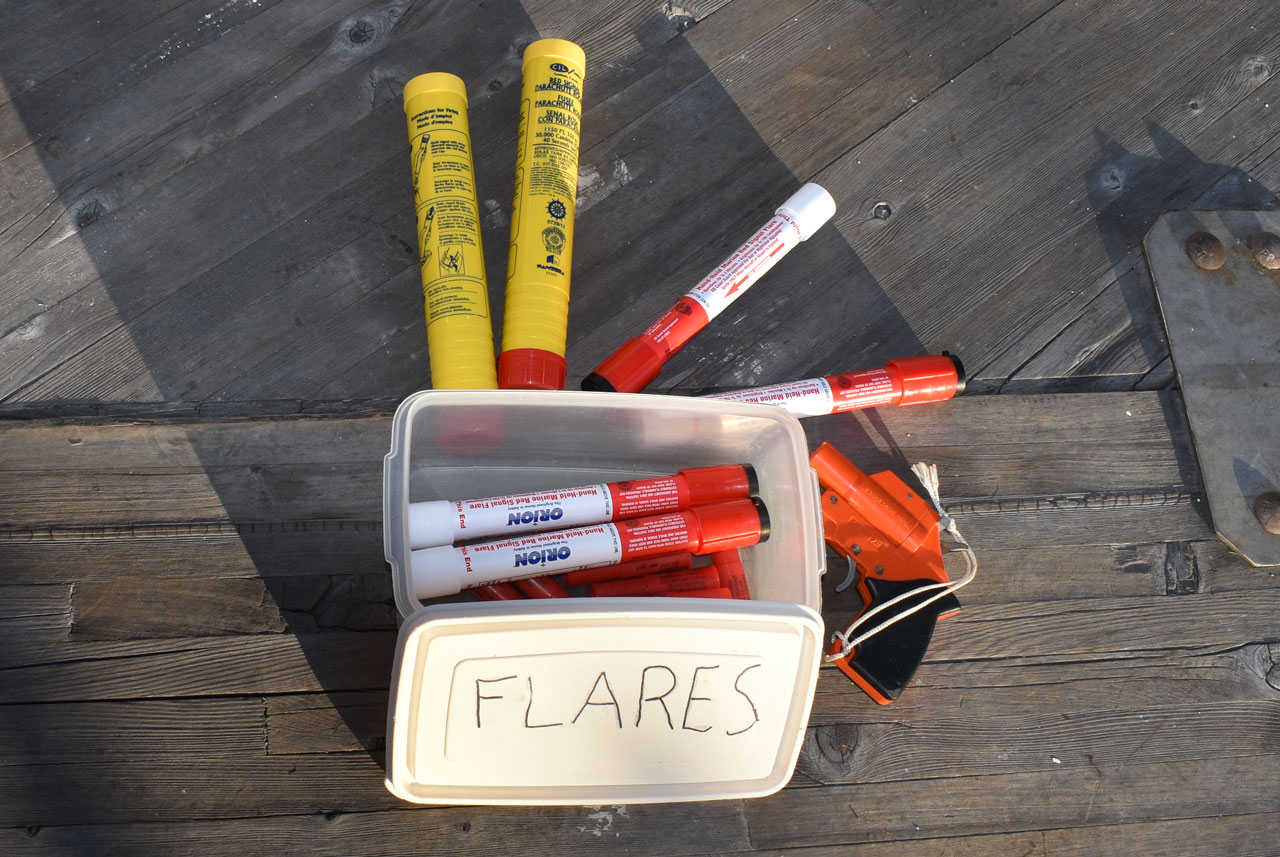
When: Sunday, October 18, 2020, 9 a.m. to 1 p.m.
Where: Location will be shared in the appointment confirmation email
For everyone’s safety, participants are required to:
- Transport flares safely. Keep in original packaging or protect from movement. Assure any ignition device is covered or taped in place.
- Bring proof of residence or marina membership to the event.
- Wear a face mask. Face masks are mandatory for the driver and all passengers during drop-off.
- Stay in their vehicle — state law and part of our COVID-19 protection plan. Items must be in an unlocked trunk or back cargo space.
Acceptable Items:
- Handheld flares
- Aerial flares
- Smoke signals
- For military type, damaged, decayed, very old or very large items, call (800) 606-6606, or e-mail [email protected] for options.
Non-Acceptable Items:
- Other hazardous waste such as paint, batteries and oil. For details about other hazardous waste call (800) 606-6606 or click here.
- Items from commercial craft, businesses or organizations
For more information or to make an appointment you can email [email protected], or call call (800) 606-6606.
General information about the disposal of expired marine flares is available through the California Department of Toxic Substances Control – (800) 728-6942 – or your local Certified Unified Program Agency.
The Alameda County flare collection event is being conducted by the Alameda County Household Hazardous Waste Program with funding from the California Department of Recycling and Resource Recovery, and in partnership with the California State Parks and the California Coastal Commission California Boating Clean and Green Program.
Pictures of a Bay Area Summer from my Balcony
Is summer really over?
As the sea breeze relaxes, football finishes its fifth week, and Halloween decorations are popping up throughout suburbia, then yes, we think it’s safe to say that summer 2020 has officially come and gone. Some of the normal seasonal cues, like kids going back to school, have been erased by the pandemic. COVID-time continues to be a blur, with the seasons smearing together. Or maybe time — not unlike this summer’s weather — is just broken. (“There is no present or future,” wrote Eugene O’Neill, “only the past happening over and over again.”)
Granted, the 2020 Bay Area summer was abruptly interrupted by an early fire season, but the months of June and July were, put simply: In. Sane.
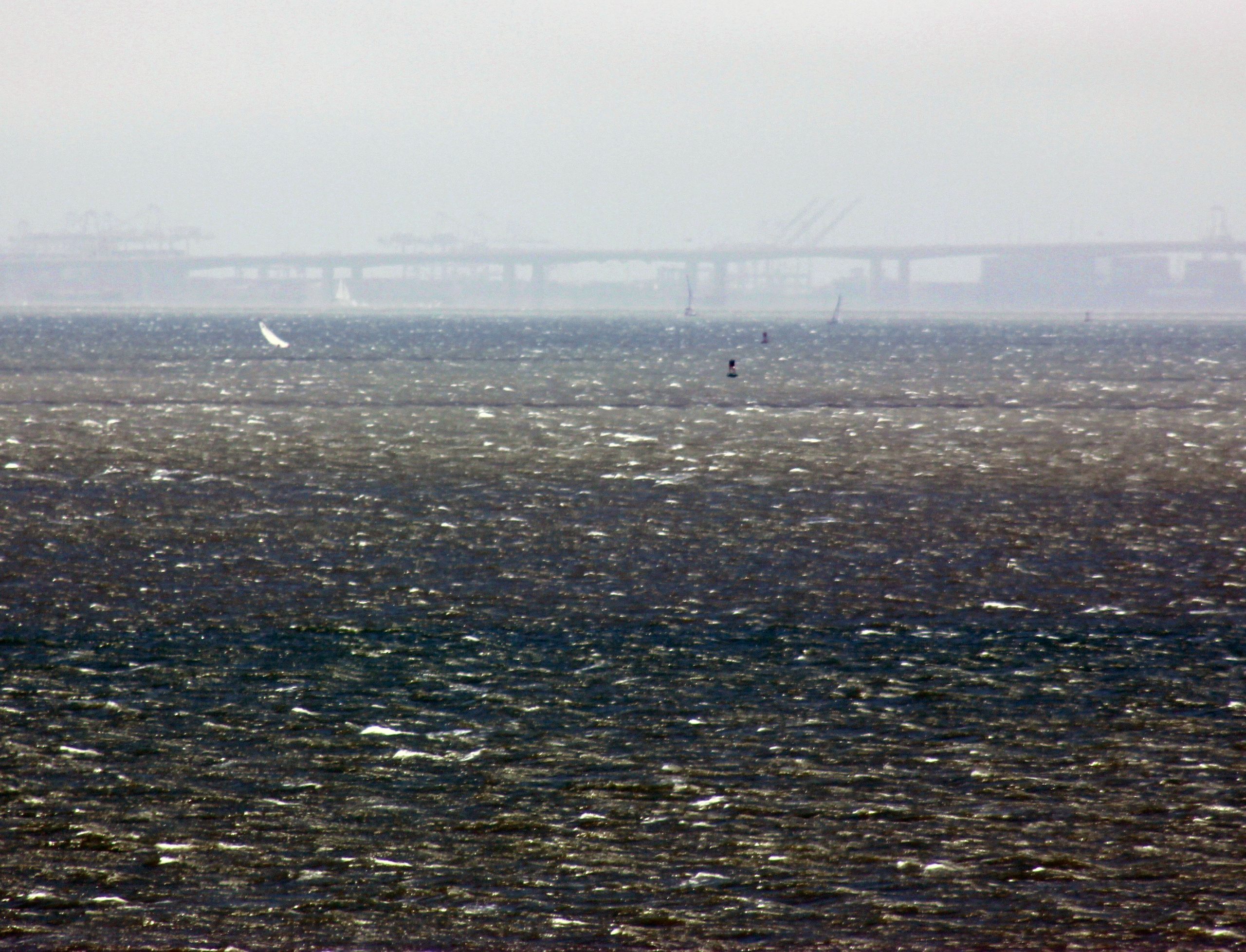
It was so windy that it redefined my concept of what windy was. There were days that normally docile windsurfing spots in the East Bay were blown white with foam and heaving with huge, breaking wind swell. In June I thought, “What a radical aberration of weather! In my 15 years in the Bay, I’ve never seen it this consistently windy. How long can this last? A few days?” But then it stayed windy for what felt like weeks straight. It was so windy that it redefined my concept of sailing. I didn’t own gear small enough for the conditions. I felt like a hapless beginner.
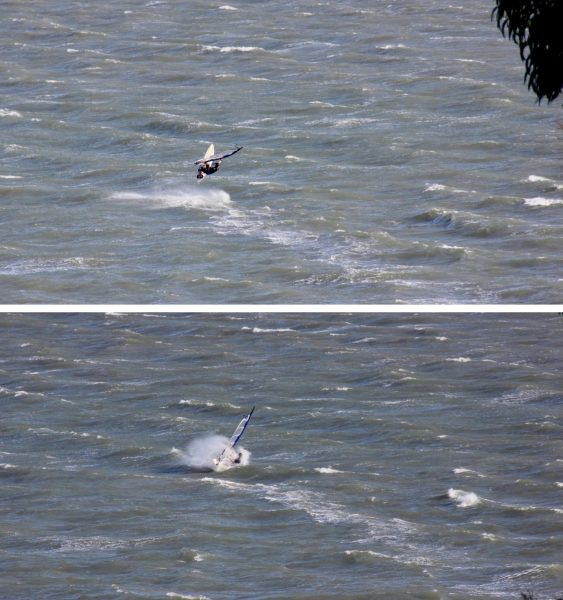
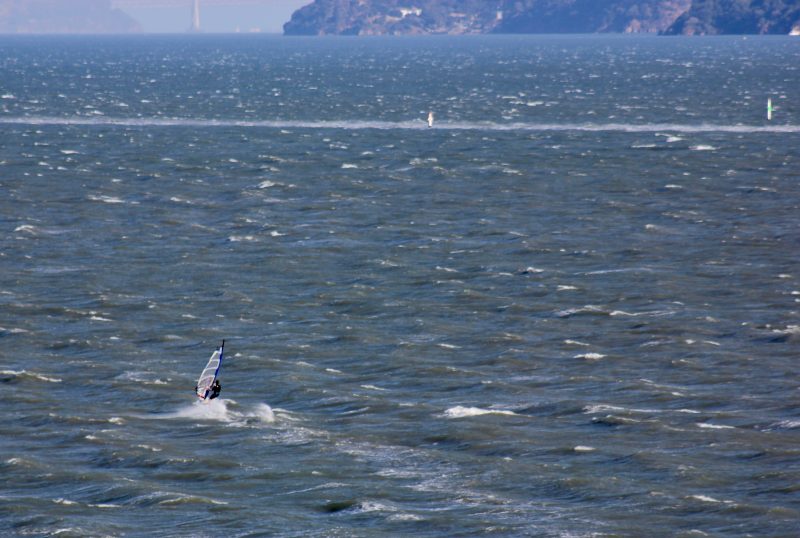
The Bay Area wind machine seemed to be firing on all cylinders. Surely, it would last forever, and summer 2020 would offer up more than 100 days of 25-plus-knot conditions in the East Bay.
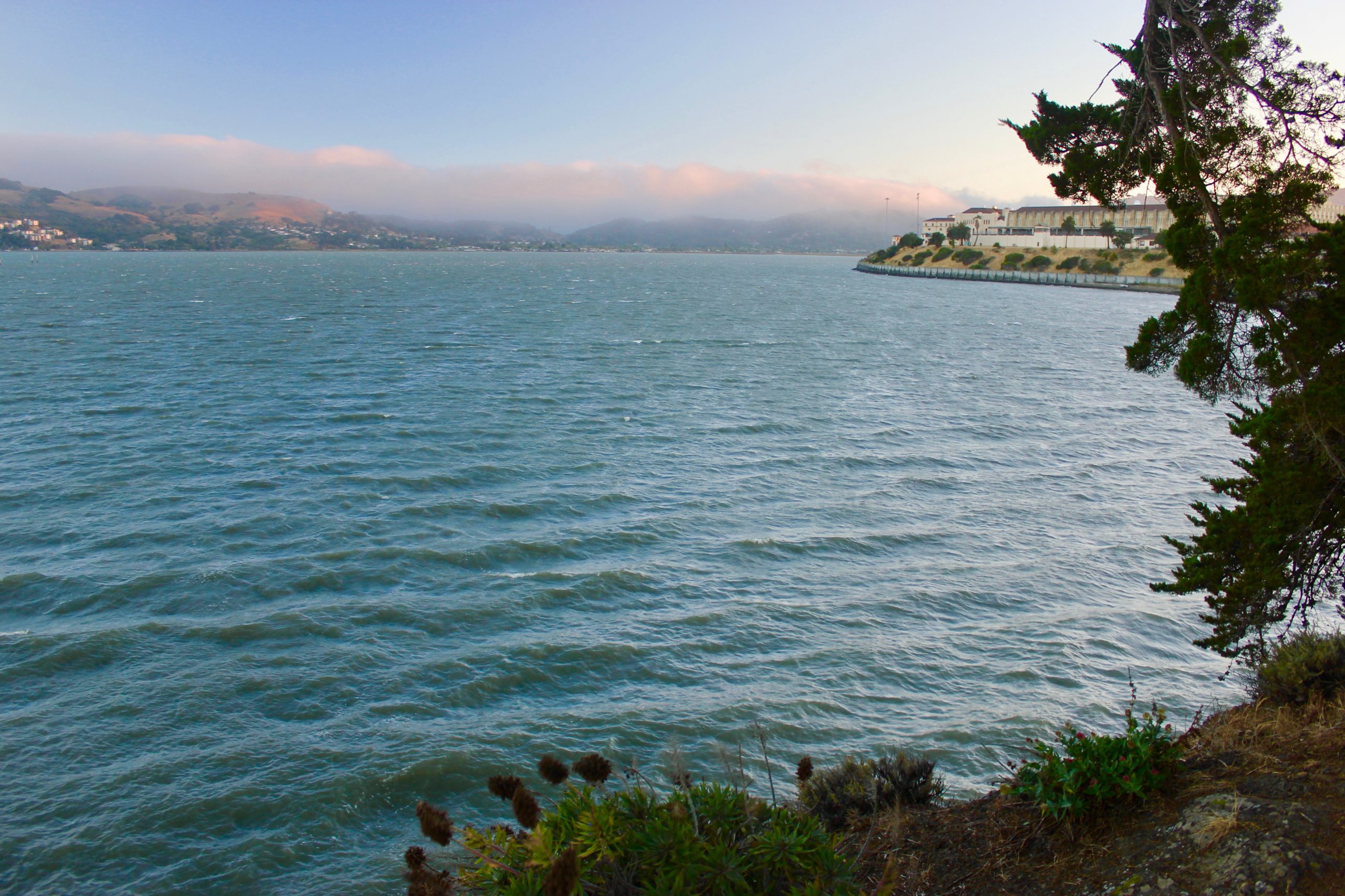
And through early to mid-August, the wind machine continued to crank away, until late one night, when lightning engulfed California, followed immediately by fire.
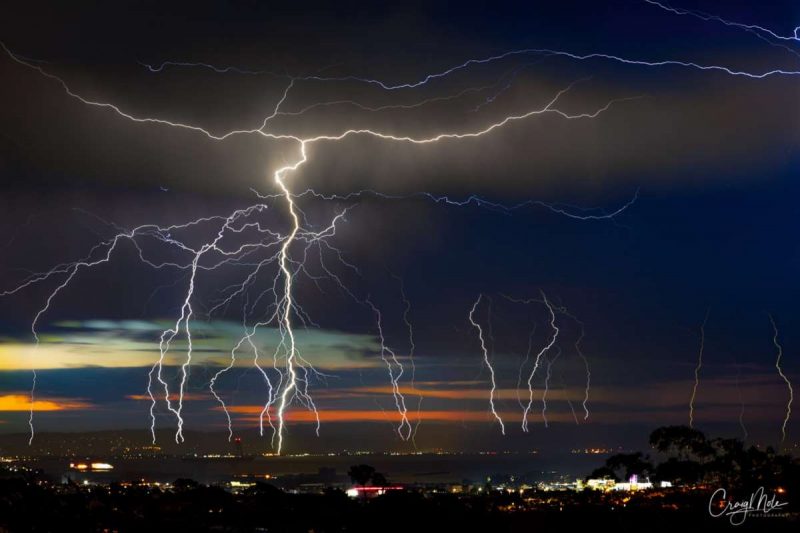
The wind stopped almost completely for 15 days, replaced by smoke and 100-plus-degree weather. I’m sure many sailors were relieved for mellower, cruisier conditions on days when the smoke wasn’t too bad. By the end of August, the sea breeze had returned, but it would be short-lived. For most of September, light-wind days would be the norm — at least in my part of the Bay.
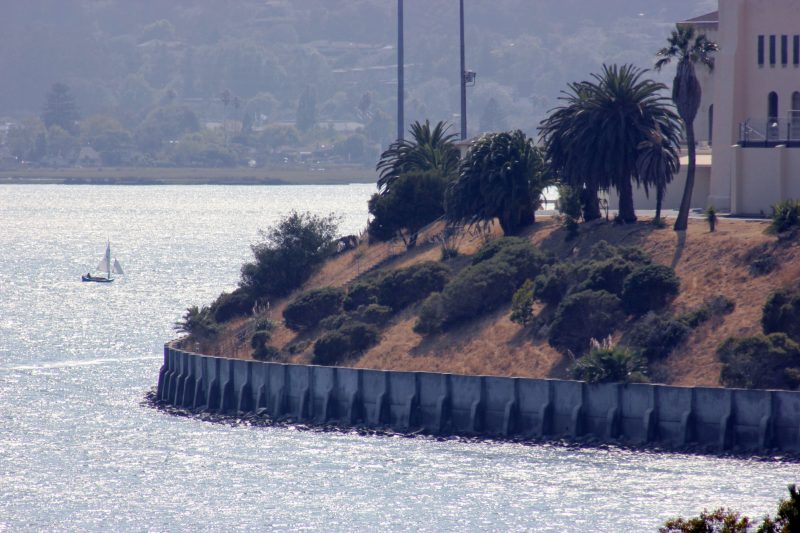
As early September settled in, the fires seemed to be fading away. Then, one morning, the sun didn’t rise.
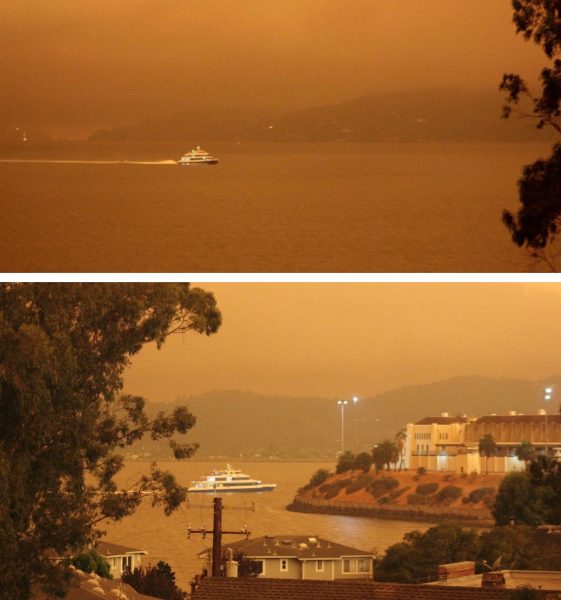
Any illusions about the summer weather going back to ‘normal’ were crushed. There was more than a week of smoky, smoggy haze, followed by random days of thick smoke that forced even the heartiest outdoorspeople to seek refuge inside. And the true heart of fire season — late October through late November — is still in our future, and not yet in our past.
September also saw some hot, glassy days. People were waterskiing and paddling and kayaking off San Quentin in waters that are almost always bumpy. Give us a natural disaster or a pandemic or strife, and we will find and schedule the appropriate outdoor activity to schedule around it all.
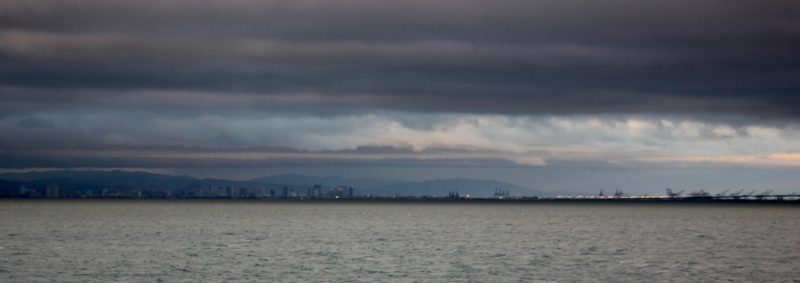
This post is, of course, a blatant solicitation for your photos of your summer from your balconies or analogous structures. How has the weirdness affected your outdoor lives? Have there been any unexpected ‘winners’ in your lives — things that you never had the time for that are now easy to schedule? Please let us know. You can comment below, or email me directly, here.

